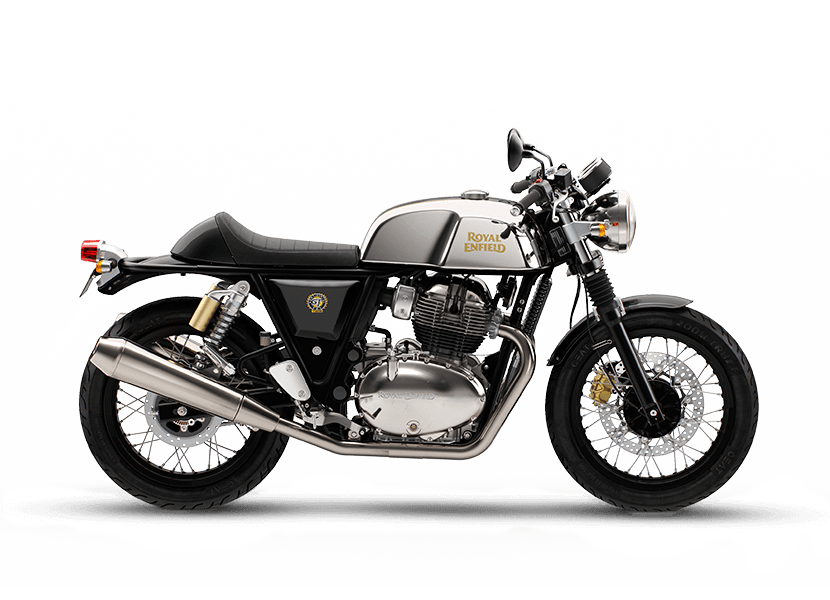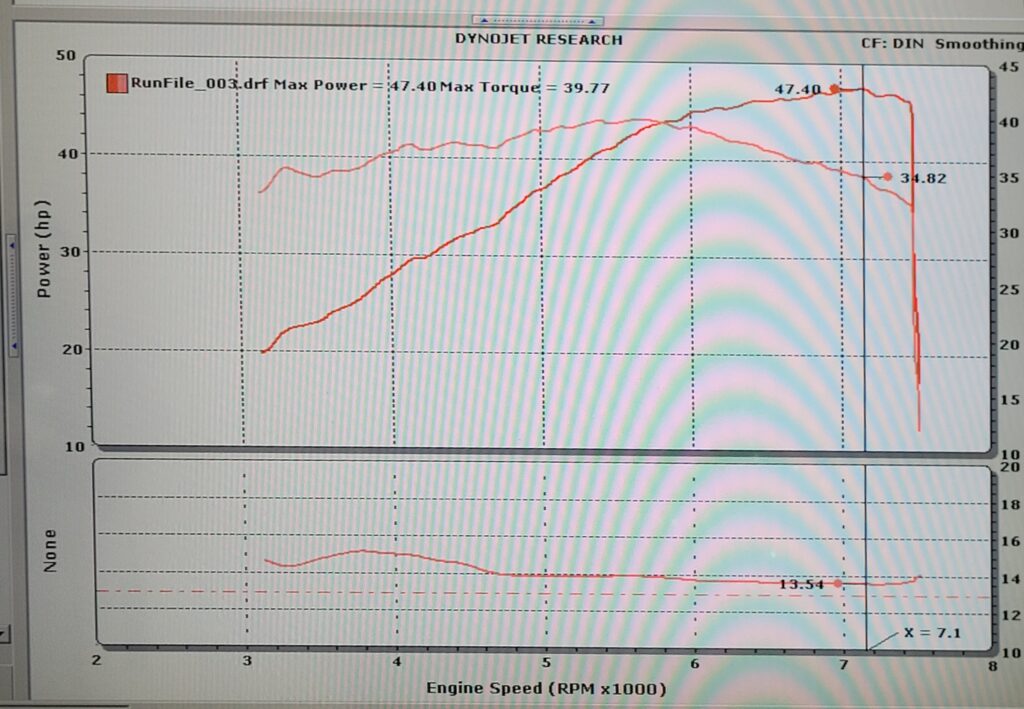Royal Enfield have undergone quite a stunning renaissance in the past few years. As the oldest continuously operating motorcycle brand in the world (one year older than Harley Davidson, just for the record, and there is probably some debate about Indian and Peugeot as well in terms of who did what at the beginning of the 20th century and who has been in continuous operation since) there has been plenty of time for ups and downs, but the transition they have driven in the last five years has been impressive.
Enter the 650cc twin engine and the two bikes it currently sits in – the Interceptor and the Continental GT. Both retro-styled, with the Interceptor being more of a ‘classic’ design – upright seating position, feet in a neutral position, teardrop shaped tank – and the GT being the cafe racer styled bike that probably looks the better of the two as well as being the less comfortable.
As soon as I had a test ride on one I knew I wanted to add one to the collection. The retro looks combined with the modern reliability (albeit in a fundamentally low tech package) and the low cost had me hooked. I agonised over either the red with pinstripes down the tank, or the chrome, and ended up going chrome.

Aside from popping on a full exhaust, some bar-end mirrors and minor RE baubles (like rear suspension fasteners with the RE brand engraved on them) I left it stock for the first few months. There are a bunch of exhaust options out there, but I went for the BS Exhaust Revolution full system – not cheap, but saved over 15kg (no, that’s not a misprint) compared to the stock boat anchors, gave the bike a raw sound and opened up the exhaust ready for more changes later…
…which brings us to Project 865.
The 650cc lump in the Interceptor/GT is a lovely, slightly lumpy, low rev motor that in spite of its on-paper mediocrity just feels, well, nice. It’s a kind of gooey power delivery, plenty enough to get away from the cars at the lights, and to sit on 110kmh with no worries, but there’s no escaping that it is still a low HP LAMS approved bike at its core, and at over 200kg its no lightweight either.
Enter the 865cc conversion kit by S&S performance.
By increasing the bore with new pistons and sleeves the power and torque of these motors can be boosted significantly, and that’s at the heart of Project 865.
Of course it doesn’t end there. An upgraded clutch is needed to cope with the big boost in power, as well as a fuel management system to make the most of the change and a high performance cam to get those hydrodynamic flows happening in the right way. To top things off it’ll get a high-flow DNA air filter which does bugger all on its own but should help airflow with the bigger motor.
That should – and I use that word with the utmost caution – be the totality of the engine work, but I’ve also decided to upgrade the suspension with some YSS gear front and back, make a couple of other minor cosmetic mods (mostly tail tidy and new indicators to get rid of the plasticky stock ones). Tyres are a definite maybe at this stage. The stock CEATs are adequate, and being an 18 inch rim the choices are fairly limited, but we’ll see how the bike goes first before throwing another few hundred down on some tyres that will only be a moderate improvement anyway.
Like all good projects, this one starts off with some scoping and a vision for success, which is to take an already lovely bike and make it into a mid-range weapon but without sacrificing reliability or rideability. This doesn’t mean trying to squeeze every last BHP out of it until it goes pop, but instead delivering some significant gains that are there when needed, but that still allow the bike to be ridden around in the same relaxed way that it does in stock form.
Another important part of any good project is being able to measure some outcomes, so we’ve started with a baseline dyno run of the bike in its current form. This was the first time I’d been at a dyno run with any of my bikes, and it was pretty darn neat…
The results this first run yielded were both predictable and pleasing:

47BHP is just about spot on for what it should be (if not a little better), even if the torque is a bit down on the claimed level. Of more interest was the air/fuel ratio shown at the bottom as picked up by the O2 sensor, and that shows the bike running about 10% too lean in terms of delivering optimal power. This is something that will be tuned during the final dyno runs where the Power Commander will allow this to be changed and optimised.
So, that’s the starting point – a dyno run that showed pretty much what I would have expected, which is always nice. Next step – pulling down the motor, which I’ll be leaving to the team at work to do and who I’ll be thanking in more depth throughout the project.